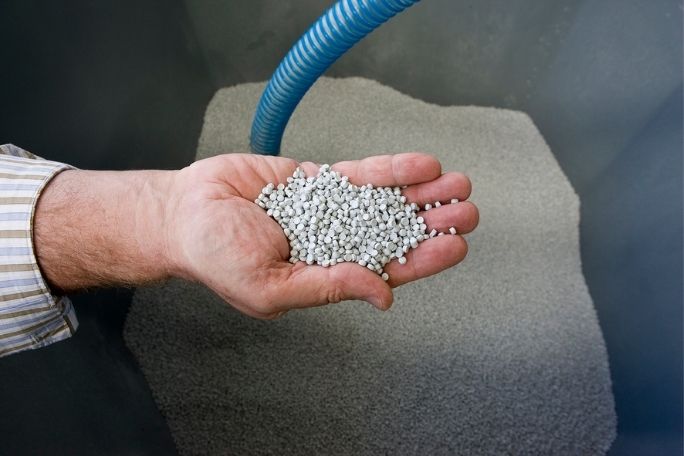Lesson summary
Students explore how suitable different pipe materials are in meeting the design requirement of a pipe that can be recycled.
Learning intentions:
Students will...
- determine the suitability of a range of materials when it comes to the recyclability of pipes
- recognise recyclability as a criterion by which to assess a material that could be used in a design.
Success criteria:
Students can...
- explore a range of different materials for their recyclability.
- use a rubric or rating system to evaluate the recyclability of these building materials.
Lesson guides and printables
Curriculum links
Select your curriculum from the options below.
Lesson details
Curriculum mapping
Australian Curriculum (v9.0) content descriptions:
Year 5 & 6 Design and Technologies:
Students learn to:
- observe external features of plants and animals and describe ways they can be grouped based on these features (AC9TDE6P03).
General capabilities: Literacy, Critical and Creative Thinking.
Syllabus outcomes: ST3-2DP-T, ST3-3DP-T.
Cross-curriculum priority: Sustainability.
Relevant parts of Year 5 & 6 Design and Technologies achievement standards:
Students explain how people design products to meet the needs of communities, including sustainability. Students select and justify design ideas and solutions against design criteria that include sustainability.
Skills
This lesson is designed to build students’ competencies in the following skills:
- communication
- creativity
- critical thinking
- problem finding
- problem-solving
UN Sustainable Development Goals
UN SDG 6: Clean water and sanitation
Target 6.2: By 2030, achieve access to adequate and equitable sanitation and hygiene for all and end open defecation, paying special attention to the needs of women and girls and those in vulnerable situations.
UN SDG 12: Ensure sustainable consumption and production patterns
Target 12.5: By 2030, substantially reduce waste generation through prevention, reduction, recycling and reuse.
Resources required
- A range of common household waste items, including some that are made from one material (e.g. a glass jar or a soft drink can) and some that are made from more than one material (e.g. disposable coffee cups, juice boxes or food packaging with cardboard and plastic components)
- Device to share a video with the class
- Individual devices capable of accessing the internet - one per student
- Materials Recyclability Rating worksheet - one copy per group
- Student worksheets - one copy per student plus one extra per group
Additional info
Level of teacher scaffolding: Medium - facilitate class discussion and support students in group tasks.
Special thanks to:
Plastics Industry Pipe Association of Australia (PIPA) is a non-profit association that is committed to future-focused leadership. Through research, education, technical expertise and advocacy, they help advance the use of plastic pipes and fittings as a smart, efficient and sustainable solution.
Related professional learning
Visualise Data in the Primary Classroom
Quick summary: In this hands-on course, you will build your ability to use infographics as a learning tool in your curriculum. You’ll discover how to understand infographics and create your own.


Welcome back!
Don't have an account yet?
Log in with:
Create your free Cool.org account.
Many of our resources are free, with an option to upgrade to Cool+ for premium content.
Already have an account?
Sign up with:
By signing up you accept Cool.org's Terms and Conditions(Opens in new tab) and Privacy Policy(Opens in new tab).